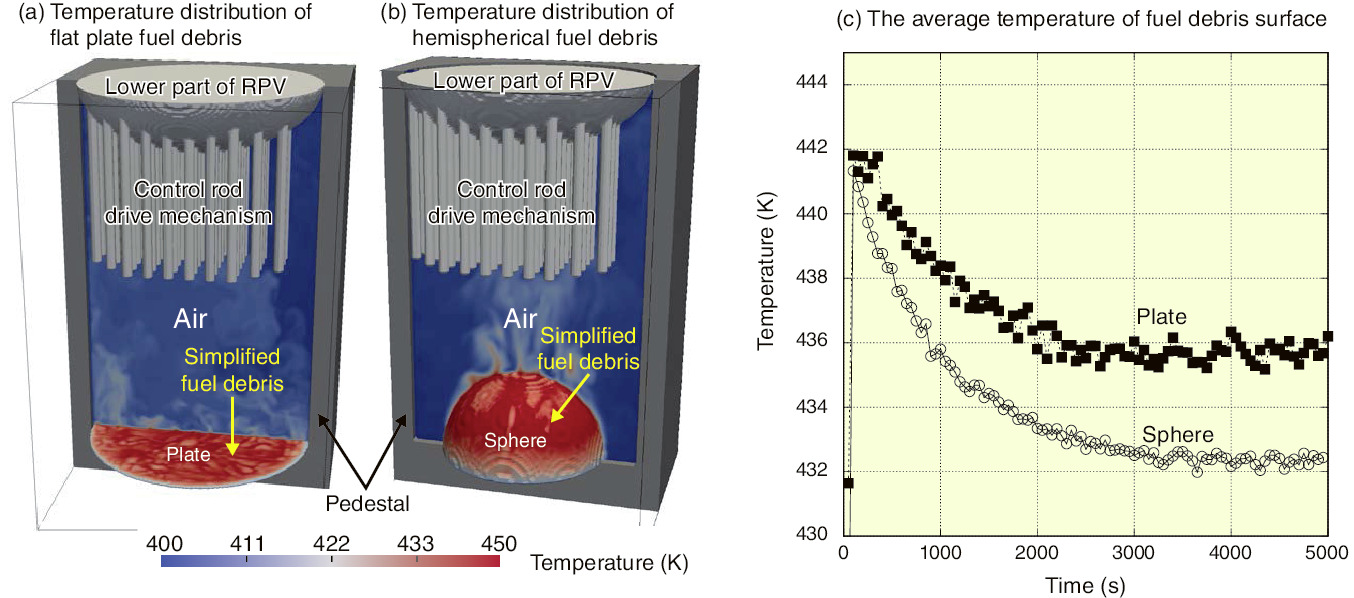
Fig.1-9 Exemplary numerical-simulation results
It is estimated that solidified fuel and structures (fuel debris) have accumulated at the lower part of the primary containment vessel (PCV) of the TEPCO’s Fukushima Daiichi NPS (1F). As possible retrieval methods, full submersion (fuel debris is retrieved inside water) and a dry method (fuel debris is retrieved without water) are reviewed. Although the full-submersion method allows cooling fuel debris to be retrieved perfectly, some problems remain, such as water leakage and generation of contaminated water. On the contrary, dry methods have the merit not generating contaminated water (which therefore cannot leak). However, a mechanism for air cooling of fuel debris, including its decay heat, has yet to be elucidated. Thus, such a method must be developed.
To evaluate the cooling performance of fuel debris, we have to calculate not only the heat and flow around this debris, but also to estimate its shape and position. Such an evaluation is very difficult in 1F in its current state. Therefore, we are developing a computational-fluid-dynamics code called JUPITER for elucidating the melt behavior of fuels and structures, and we investigate the air-cooling performance by applying JUPITER to this problem.
To use JUPITER to investigate the air-cooling performance and the influence of debris shape (one major source of uncertainty) upon the temperature field, as shown in Figs.1-9(a) and (b), we performed preliminary simulation for plate and spherical debris in a simplified lower part of the PCV including the control-rod drive mechanism. In the simulation, we consider heat generation by decay and set the temperature of fuel debris higher than that of the surrounding air. As a result, as shown Figs.1-9(a) and (b) the air heated by fuel debris moves to the top of the reactor vessel, becoming lighter than the other part of the air. This phenomenon makes the flow pattern very complicated and causes the surface temperature of the fuel debris to change intricately. In the case of spherical debris, the streamlined shape causes the flow in the debris’ vicinity to flow more easily than in the plate case, meaning heat transfer becomes large and the amount of heat transfer to the air phase increases; this causes the surface temperature of the spherical debris to tend to be lower than that of plate shape, as shown in Fig.1-9(c). From these results, we found that evaluating debris shape and air flow is important because this shape affects to air-cooling performance. Therefore, JUPITER can be used to investigate air-cooling performance in the dry condition.
In the near future, we will perform a validation simulation with some experiments, as well as simulation under several fuel shapes and location conditions based on estimated accident scenarios. These results will be used to help select a fuel-retrieval method.